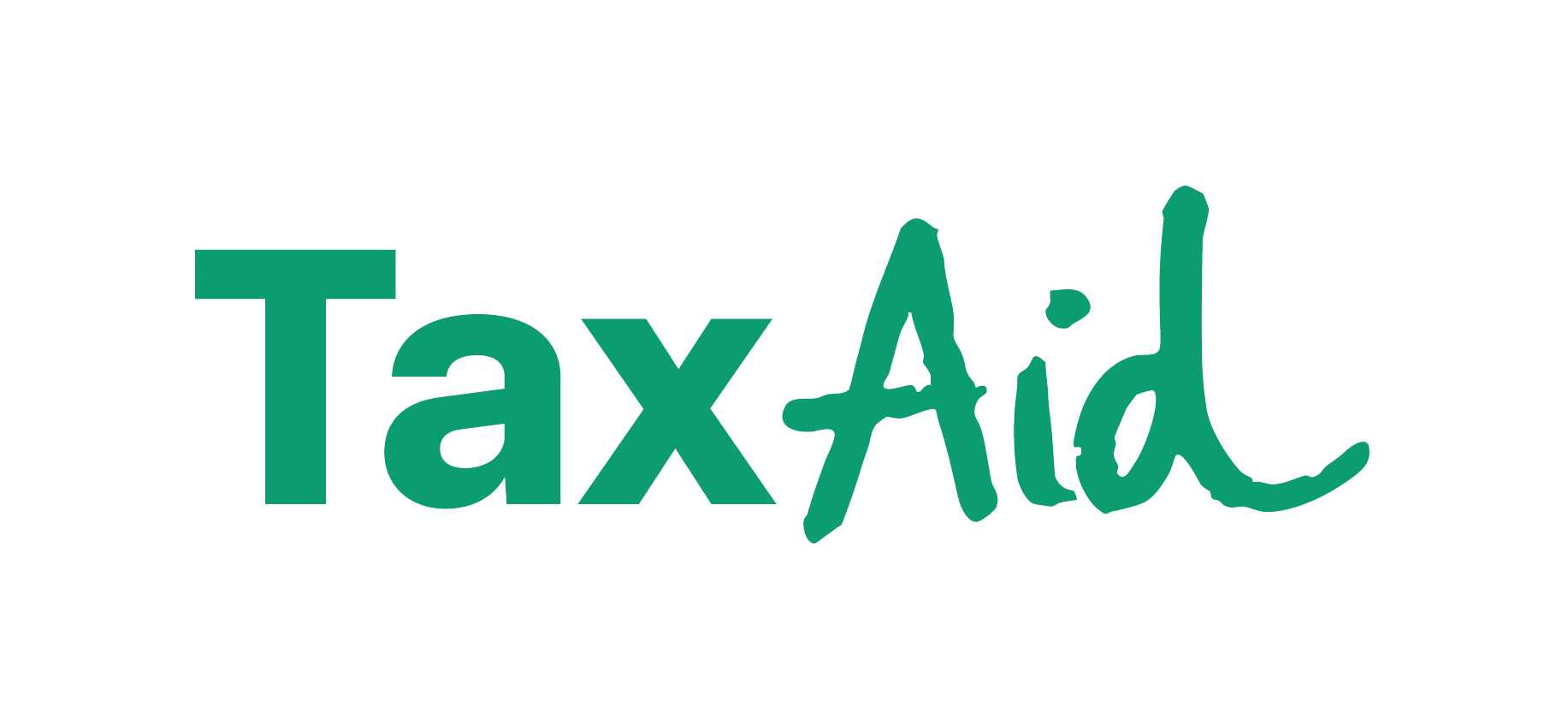HMRC will use the information in your tax return to work out the amount of tax that you owe for the tax year.
This will include Class 4 National Insurance if you are self-employed.
On this page
How will I find out how much tax I have to pay?
Online returns
If you file your tax return online, the amount is worked out automatically just before you file the return. You can view, save, and print the information.
Paper returns
If you file a paper return by the due date of 31 October, HMRC will send you a letter saying how much tax you owe and how they worked it out.
To do this, they use the information you provided in the tax return. This information is not checked by HMRC at this stage. This means that if you have made a mistake in the return, the tax you are asked to pay may be incorrect.
When you receive their calculation, check it carefully. If the amount of tax you owe is not what you expected, check your return in detail. Make sure that you have correctly entered all details of income, expenses, and tax reliefs.
When is my tax due?
The due date for paying your tax is 31 January after the end of the tax year. For example, for the tax year that ends on 5 April 2025, tax should be paid by 31 January 2026. Interest will be due from that date, 31 January, for any late payment.
If your return is filed on time, HMRC will notify you how much tax to pay. They do not send reminders and it is your responsibility to pay on time.
If for any reason HMRC have not notified you how much tax should be paid, it is still your responsibility to pay tax by the due date and interest will be charged on late payment.
If you have not filed your return in time, tax is still due on 31 January. Interest will be charged from that date. Making an estimated payment by this due date will reduce the amount of interest you pay. To do this, contact HMRC.
What are payments on account?
Payments on account are a payment HMRC takes towards your next tax bill. They estimate what this will be based on how much tax you’ve paid before. For this reason, you will only have to make these payments after you have filed your first Self Assessment tax return.
HMRC will only take payments on account for two reasons:
- the tax you owe is more than £1,000, and
- you’ve paid less than 80% of the income tax you owe during the year. (If you are in employment, income tax is deducted each month under PAYE. If you are get a pension, your pension provider will deduct income tax when the pension is paid.)
HMRC will take 50% of the payment on account by 31 January. The take the other 50% of the amount by 31 July.
For example:
You submit your Self Assessment tax return for the year 2022/23.
HMRC work out that you owe £2,000 in tax for the year 2022/23. You need to pay this by 31 January 2024.
Because you owe more than £1,000 in tax, HMRC would apply payments on account.
Using the same tax return, HMRC think that you will pay the same amount of tax (£2,000) for the next tax year (2023/24).
HMRC will ask you to pay 50% of this as a pre-payment towards your tax bill for 2023/24. So in this example, you would need to pay £1,000 by 31 January 2024. This is as well as the £2,000 for you 2022/23 tax bill. That means you would pay a total of £3,000.
HMRC would then ask you to pay the other 50% by 31 July 2024. This means that you will have now paid £2,000 towards your tax bill for 2023/24.
When you come to submit your full tax return for 2023/24, HMRC will work out the correct amount of tax you owe. If this is more or less than the £2,000 you’ve already paid, HMRC will refund the difference or ask you to pay any extra.
Do I pay interest on late payments?
If you make your payment on account late, you will be charged interest.
What if I think my income will be lower next year?
If you think your income will be lower in the next tax year, you can apply to reduce your payments on account at any time. However, interest will be charged from the original due date if you reduce your payments by too much.
Where can I find more information about payments on account?
There is more information about payments on account on the HMRC website.
